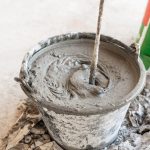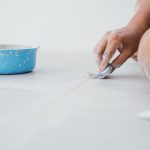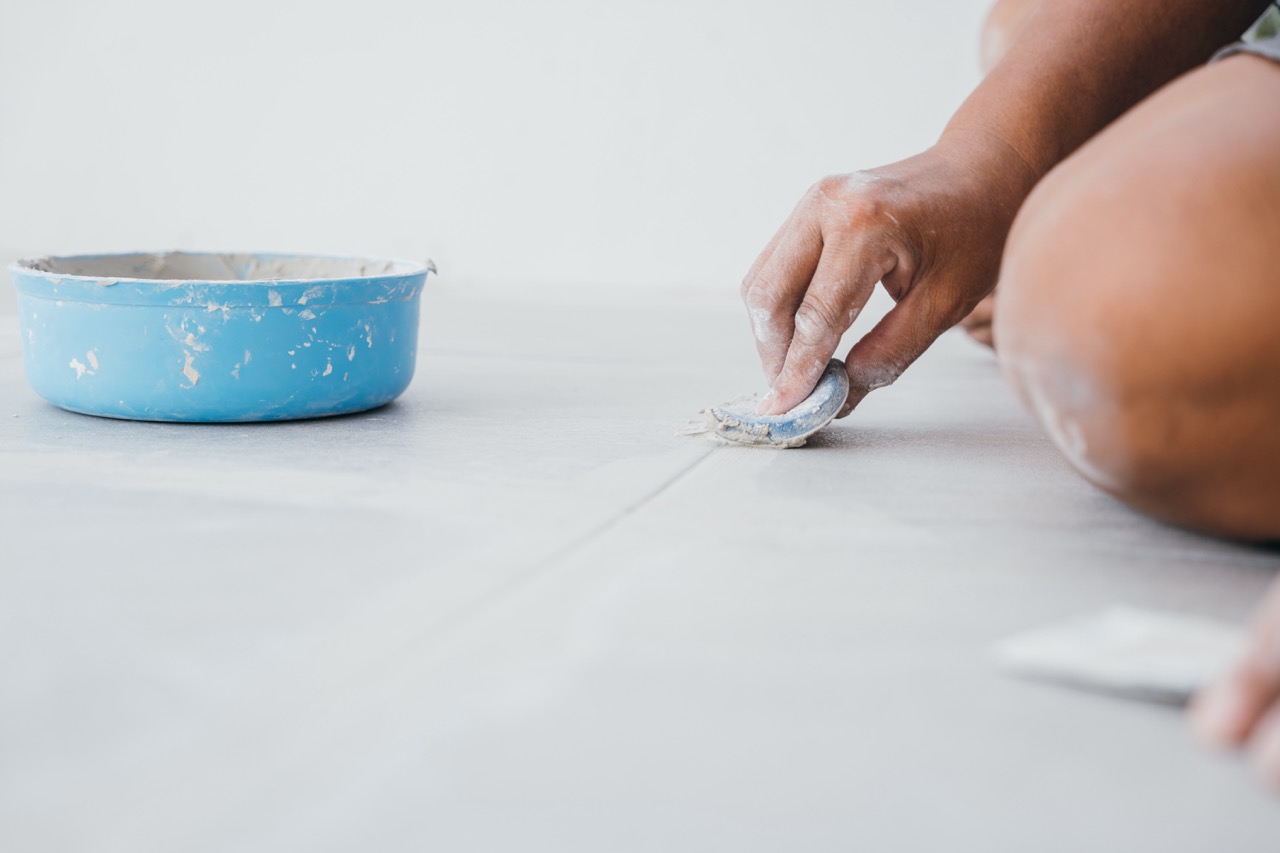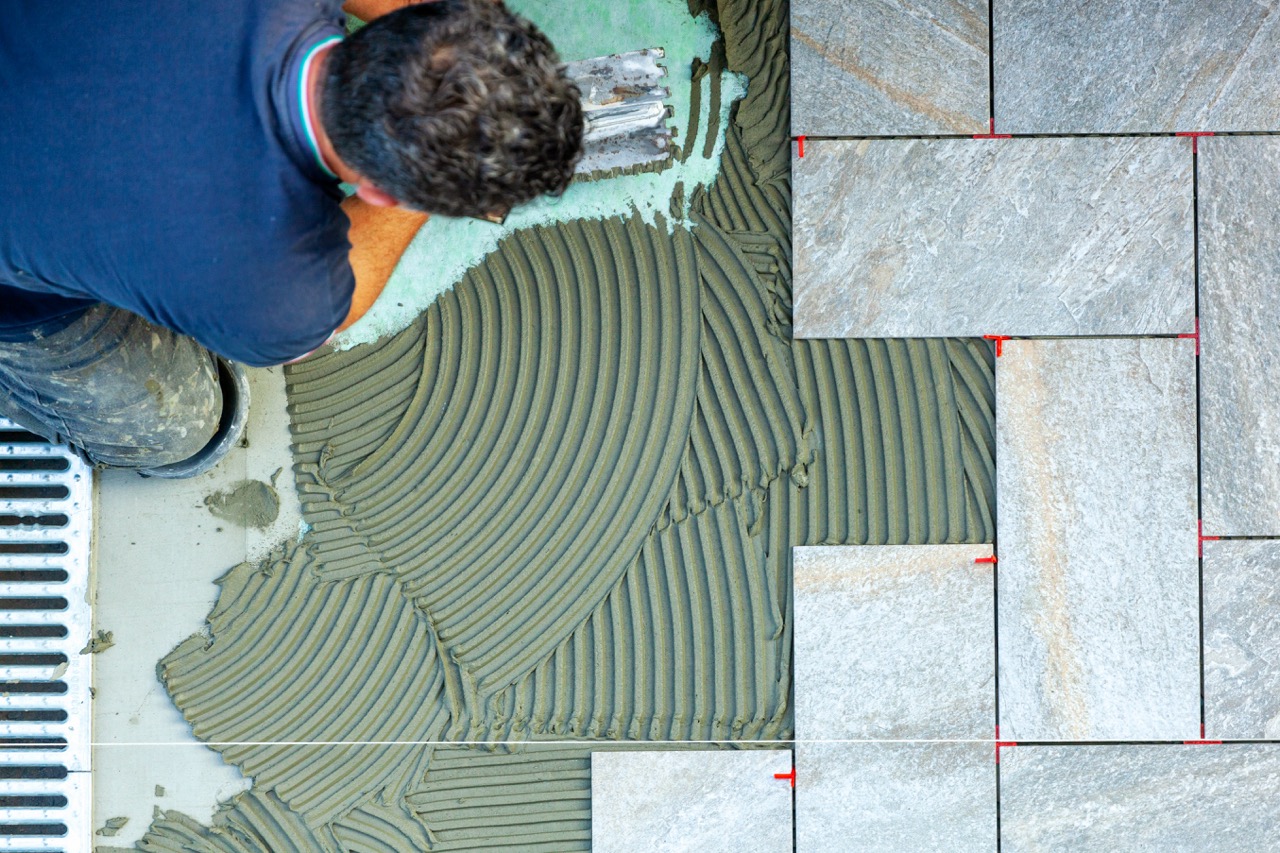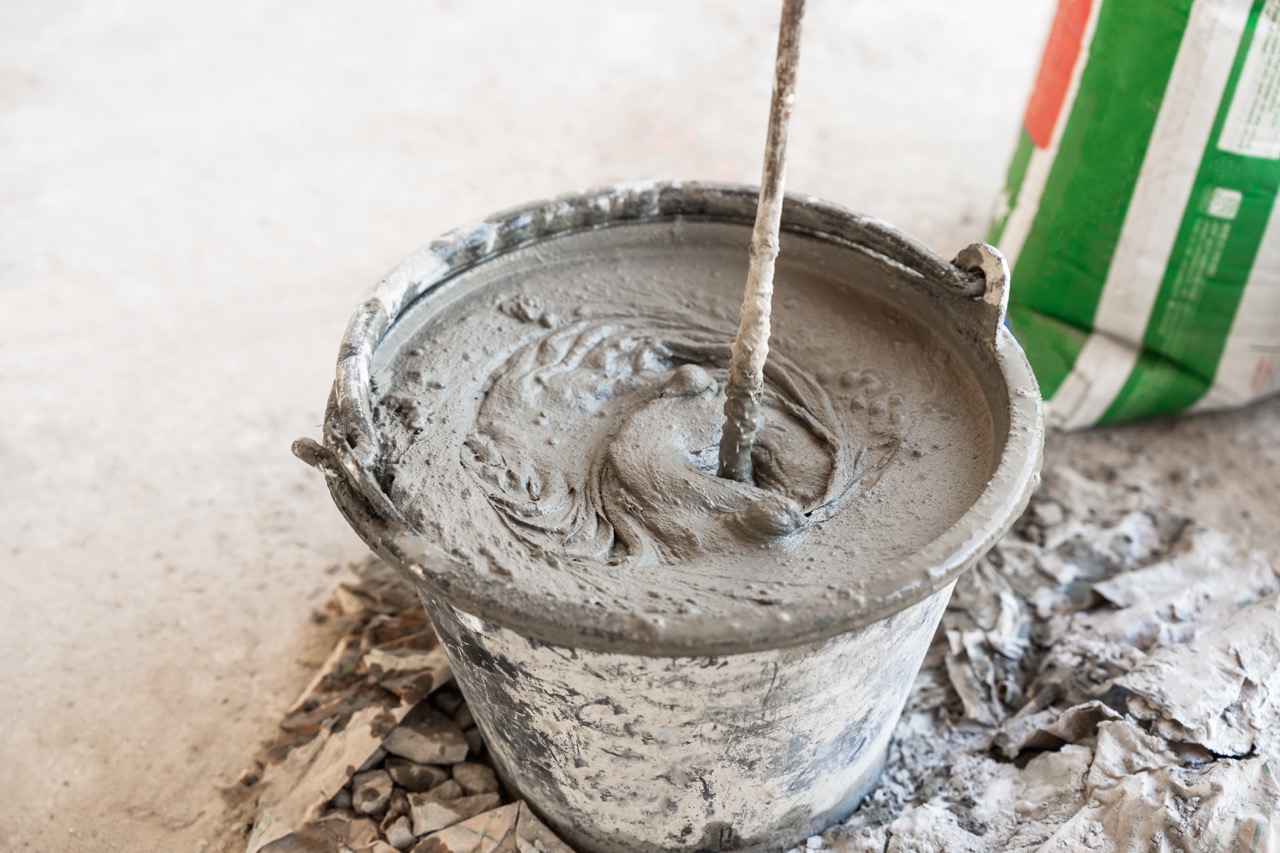Refreshing the look of tiled spaces doesn’t always require a full renovation or messy re-grouting. Grout pens provide an easy, budget-friendly alternative to brighten tired grout in kitchens, bathrooms, and beyond. However, the success of this small but mighty tool depends on how well you prepare the grout lines before application. Taking a little time to properly clean, dry, and protect your tiles ensures a professional-looking finish that lasts. Below, we’ll break down the simple steps you can follow to get your grout lines ready for a smooth, even application with a grout pen.
Clear Away Dirt and Debris for a Smooth Grout Surface
The first step in preparing your grout lines is removing any loose dirt or dust that may have settled between the tiles. Everyday foot traffic, cooking, and moisture can all contribute to the buildup of tiny particles that prevent grout pen ink from adhering properly. A stiff-bristled brush, like an old toothbrush or a grout-specific scrub brush, works well to sweep out this debris. Aim to get into the grout’s grooves to ensure they’re free from loose buildup.
Vacuuming the grout lines after brushing is also a smart move, as it ensures small particles don’t simply settle back into place. A handheld vacuum or the hose attachment of a standard vacuum can do the job quickly. This step may feel minor, but it creates a clean foundation and prevents patchy color results.
For larger tiled areas, working in small sections will give you more control. Even if it takes extra time, slow preparation pays off when the grout pen glides smoothly over the lines without interruption. Think of this step as priming a wall before painting—it makes all the difference in achieving a professional finish.
Use a Gentle Cleaner to Remove Stains and Residue
While sweeping away dirt is crucial, deeper stains and film on the grout can also interfere with the grout pen’s effectiveness. Kitchen grout often picks up grease, while bathroom grout is prone to mildew stains and soap scum. Using a gentle cleaner helps break down this residue without excessive scrubbing. Opt for a mild tile and grout cleaner, or make a simple DIY solution of vinegar and water.
Avoid harsh chemicals like bleach unless absolutely necessary, as they can damage grout over time or leave behind a residue that hinders the grout pen’s adherence. When using a cleaner, apply it evenly along the grout lines and allow it to sit for a few minutes before scrubbing lightly with a brush. This gives the solution time to loosen stubborn stains and lift surface buildup.
After cleaning, rinse the area thoroughly with water and wipe with a damp cloth to remove any remaining cleaner. Leaving residue behind might cause the grout pen to streak or appear uneven. Taking the extra time to clean properly ensures your pen color applies evenly and looks sharp once dry.
Allow the Grout Lines to Dry Fully Before Touch-Up
Moisture is the grout pen’s biggest enemy. Even if your grout appears clean and ready after scrubbing and rinsing, it’s essential to let the lines dry completely before applying any color. Applying a grout pen to damp grout can dilute the paint, reduce coverage, and lead to flaking or peeling later on.
In most cases, grout requires at least 24 hours to dry fully after a cleaning session. If ventilation is limited, such as in a bathroom, consider using a fan or dehumidifier to speed up the process. This step may feel like a waiting game, but patience pays off with crisp results.
To test for dryness, press a clean paper towel onto the grout lines. If it comes away without moisture marks, the surface is ready for touch-up. Skipping this drying period is a common mistake DIYers make, and it often compromises the longevity and polished effect of the grout pen’s finish.
Apply Painter’s Tape to Keep Tile Edges Neat and Clean
Even the steadiest hands can benefit from a little help when using a grout pen. Painter’s tape is a simple tool that helps protect tile edges from stray marks, leaving your work looking professional. Apply strips of tape along both sides of the grout line, ensuring they adhere firmly without covering the grout itself.
This step is especially valuable for glossy tiles, where pen marks can be more noticeable if they stray onto the surface. Painter’s tape creates a clearly defined path for your grout pen and allows you to work faster with less worry about precision.
Once the grout pen has dried completely, remove the tape slowly at an angle to reveal sharp, clean lines. Taking just a few extra minutes to tape off areas can transform your project from a quick touch-up into a spotless DIY upgrade that rivals professional results.
Preparing grout lines properly is the secret to getting the most out of your grout pen. By clearing away dirt, cleaning thoroughly, letting the grout dry, and protecting tile edges with painter’s tape, you set yourself up for a seamless, long-lasting finish. These steps don’t take much time, yet they make all the difference between a patchy result and a fresh, revitalized surface. With a little prep and the right approach, your grout pen project will brighten your space, save you money, and give your tiled surfaces a renewed look that feels like a mini home makeover.

